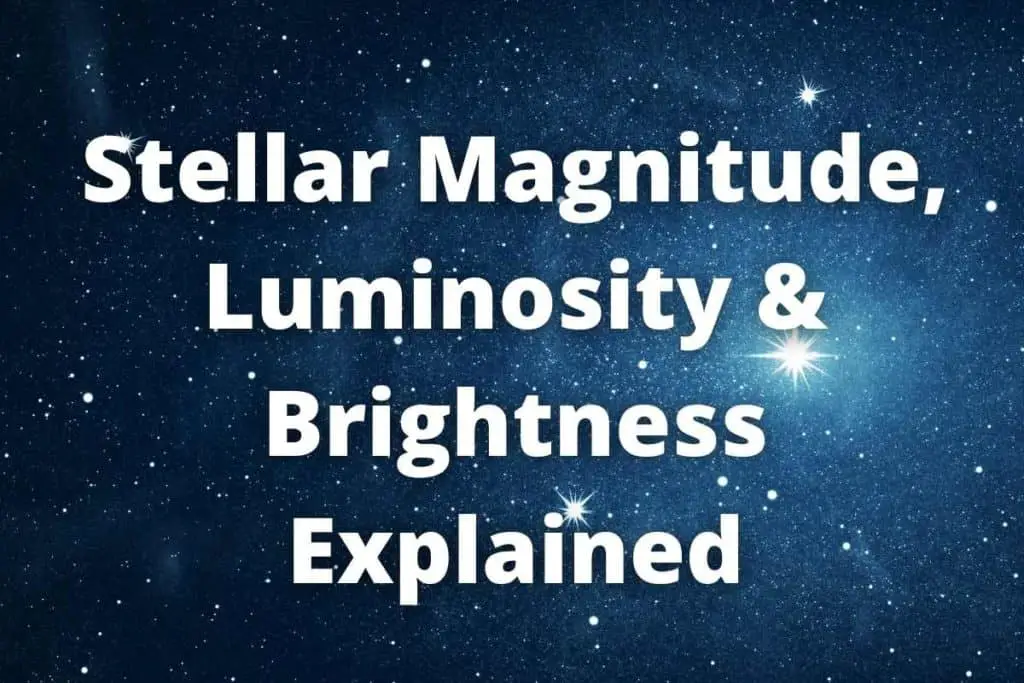When Does A Newly Forming Star Have The Greatest Luminosity - The evolutionary tracks of newly forming stars with a range of stellar masses are shown in Figure 1 The evolution of a star can be described in terms of changes in its temperature and luminosity which can best be followed by plotting them on an H R diagram Protostars generate energy and internal heat through gravitational contraction
Astronomers call stars that are stably undergoing nuclear fusion of hydrogen into helium main sequence stars This is the longest phase of a star s life The star s luminosity size and temperature will slowly change over millions or billions of years during this phase Our Sun is roughly midway through its main sequence stage
When Does A Newly Forming Star Have The Greatest Luminosity

When Does A Newly Forming Star Have The Greatest Luminosity
· The answer turns out to be about 2.5, which is the fifth root of 100. This means that a magnitude 1.0 star and a magnitude 2.0 star differ in brightness by a factor of about 2.5. Likewise, we receive about 2.5 times as much light from a magnitude 2.0 star as from a magnitude 3.0 star.
Understand how astronomers specify brightness with magnitudes Luminosity Perhaps the most important characteristic of a star is its luminosity the total amount of energy at all wavelengths that it emits per second Earlier we saw that the Sun puts out a tremendous amount of energy every second
Basics Stars NASA Universe Exploration
The basic idea of triggered star formation is this when a massive star is formed it emits a large amount of ultraviolet radiation and ejects high speed gas in the form of a stellar wind This injection of energy heats the

Why Are Stars Different Colors Universe Today
Astronomers observe newly born Sun like stars to determine what ours may have been like and the effect that had on planet formation Young Sun like Star Shows a Magnetic Field Was Critical for Life on the Early Earth Observing stars in the final stages of their lives These giant stars pulsate and shed huge amounts of matter

Stars What Magnitude Can I See With My Telescope

One More Star With Luminosity Changes Which Don t Have An Explanation Is Found Earth
The H R Diagram And The Study Of Stellar Evolution Astronomy
Star formation happens in interstellar molecular clouds opaque clumps of very cold gas and dust The process starts when some of those clumps reach a critical mass allowing them to collapse under their own gravity

Luminosity And Apparent Brightness Of The Star Astrophysics Lecture 2 In English 2020
The W51 nebula in Aquila one of the largest star factories in the Milky Way August 25 2020 Star formation is the process by which dense regions within molecular clouds in interstellar space sometimes referred to as stellar nurseries or star forming regions collapse and form stars As a branch of astronomy star formation includes the study of
When does a newly forming star have the greatest luminosity? when it is a shrinking protostar with no internal fusion When a newly forming star is at its greatest luminosity, what is its energy source?
17 1 The Brightness Of Stars Physics LibreTexts
The mass of a star determines exactly where it falls on the main sequence As Figure 21 12 shows massive stars on the main sequence have high temperatures and high luminosities Low mass stars have low temperatures and low luminosities Objects of extremely low mass never achieve high enough central temperatures to ignite nuclear reactions

The Luminosity Of A Star BosCoin

Stellar Evolution Space And Astronomy Astrophysics Astronomy Facts
When Does A Newly Forming Star Have The Greatest Luminosity
The W51 nebula in Aquila one of the largest star factories in the Milky Way August 25 2020 Star formation is the process by which dense regions within molecular clouds in interstellar space sometimes referred to as stellar nurseries or star forming regions collapse and form stars As a branch of astronomy star formation includes the study of
Astronomers call stars that are stably undergoing nuclear fusion of hydrogen into helium main sequence stars This is the longest phase of a star s life The star s luminosity size and temperature will slowly change over millions or billions of years during this phase Our Sun is roughly midway through its main sequence stage

Luminosity Signs MkLeo And Tweek Bringing Together 2 Of Smash Ultimate s All time Greats Dot

Astronomy Blog

PDF PHANGS MUSE The HII Region Luminosity Function Of Local Star forming Galaxies

Low Luminosity Of The Star YouTube

Impact Of The Short term Luminosity Evolution On Luminosity Function Of Star forming Galaxies